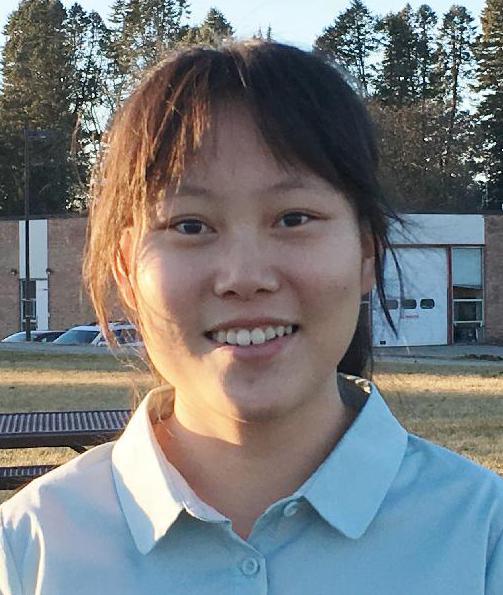Dissertation Defense
Novel Models for High-Dimensional Imaging: High-Resolution fMRI Acceleration and Quantification
This event is free and open to the publicAdd to Google Calendar

Passcode: recon
The goals of functional MRI (fMRI) include high spatial and temporal resolutions with a high signal-to-noise ratio (SNR). We introduce a novel method for fMRI named Oscillating Steady-State Imaging (OSSI). OSSI can provide 2 to 3 times higher SNR than the standard method. However, the SNR improvement comes at a cost of spatial-temporal resolution.
To simultaneously improve spatial and temporal resolutions and maintain the high SNR advantage of OSSI, we present novel models for fast acquisition and high-resolution fMRI reconstruction and quantification. We design a sparse sampling pattern to accelerate scan time. Because OSSI images are high-dimensional, we propose a patch-tensor low-rank model to exploit the local spatial-temporal low-rankness of the images. To accurately model the nonlinearity of OSSI oscillation patterns, we propose a physics-based manifold model that builds the MR physics for OSSI signal generation as a regularizer for the undersampled reconstruction. To exploit learning-based approaches for temporal modeling of dynamic MRI with richer representations, we propose a voxel-wise attention network that combines MR physics with the attention mechanism for temporal learning and mapping.
All the proposed models outperform other comparison approaches with higher resolution and richer information about the brain. We demonstrate a factor of 12 acceleration and 1.3 mm spatial resolution with 2 times higher SNR and 2 times more brain activation. We can also dynamically quantify important physics parameters with a 150 mm temporal resolution.
Co-Chairs: Professor Jeffrey A. Fessler and Professor Douglas C. Noll
 MENU
MENU 
